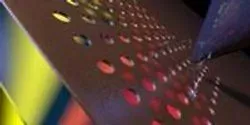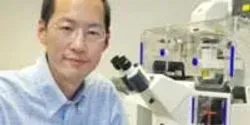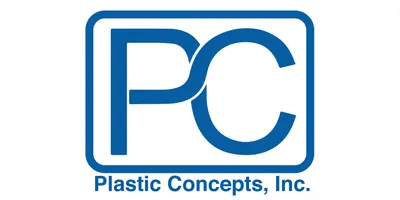News

The U.S. Department of Energy has issued a Preliminary Notice of Violation (PNOV) to Stanford University (Stanford) for four violations of the Department's worker safety and health regulations. Worker safety is a priority for the Department, and its enforcement program supports this priority by holding contractors accountable for meeting regulatory requirements and maintaining a safe and healthy workplace.

As part of the Department of Energy’s Innovative and Novel Computational Impact on Theory and Experiment (INCITE) program, eight Lawrence Livermore National Laboratory (LLNL) researchers have been awarded nearly 800 million core hours on two of America’s fastest supercomputers dedicated to open science – Mira, an IBM Blue Gene/Q system located at Argonne National Laboratory (ANL), and Titan, a Cray XK7 system located at Oak Ridge National Laboratory (ORNL).

A Creighton University physicist was part of an international team which explored the process involved in how cells combat bacterial infection and discovered new capabilities of cells fighting an infection. The team’s research was published Nov. 24, 2014, in the journal, Proceedings of the National Academy of Sciences of the United States of America.

The U.S. Food and Drug Administration finalized two rules on Nov. 25 requiring that calorie information be listed on menus and menu boards in chain restaurants, similar retail food establishments and vending machines with 20 or more locations to provide consumers with more nutritional information about the foods they eat outside of the home. The rules are required by the 2010 Patient Protection and Affordable Care Act.

The new transport system for DNA vaccines could help treat HIV, malaria, HPV and other major illnesses.

As solar panels become less expensive and capable of generating more power, solar energy is becoming a more commercially viable alternative source of electricity. However, the photovoltaic cells now used to turn sunlight into electricity can only absorb and use a small fraction of that light, and that means a significant amount of solar energy goes untapped.

On Nov. 24, Carnegie Mellon University unveiled Andy, a four-wheeled robot designed to scramble up steep slopes and survive the temperature swings and high radiation encountered while exploring the moon's pits, caves and polar ice.














